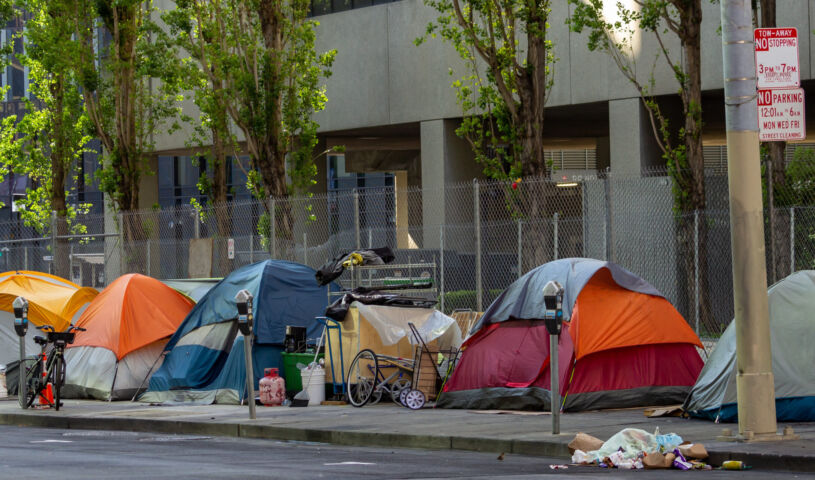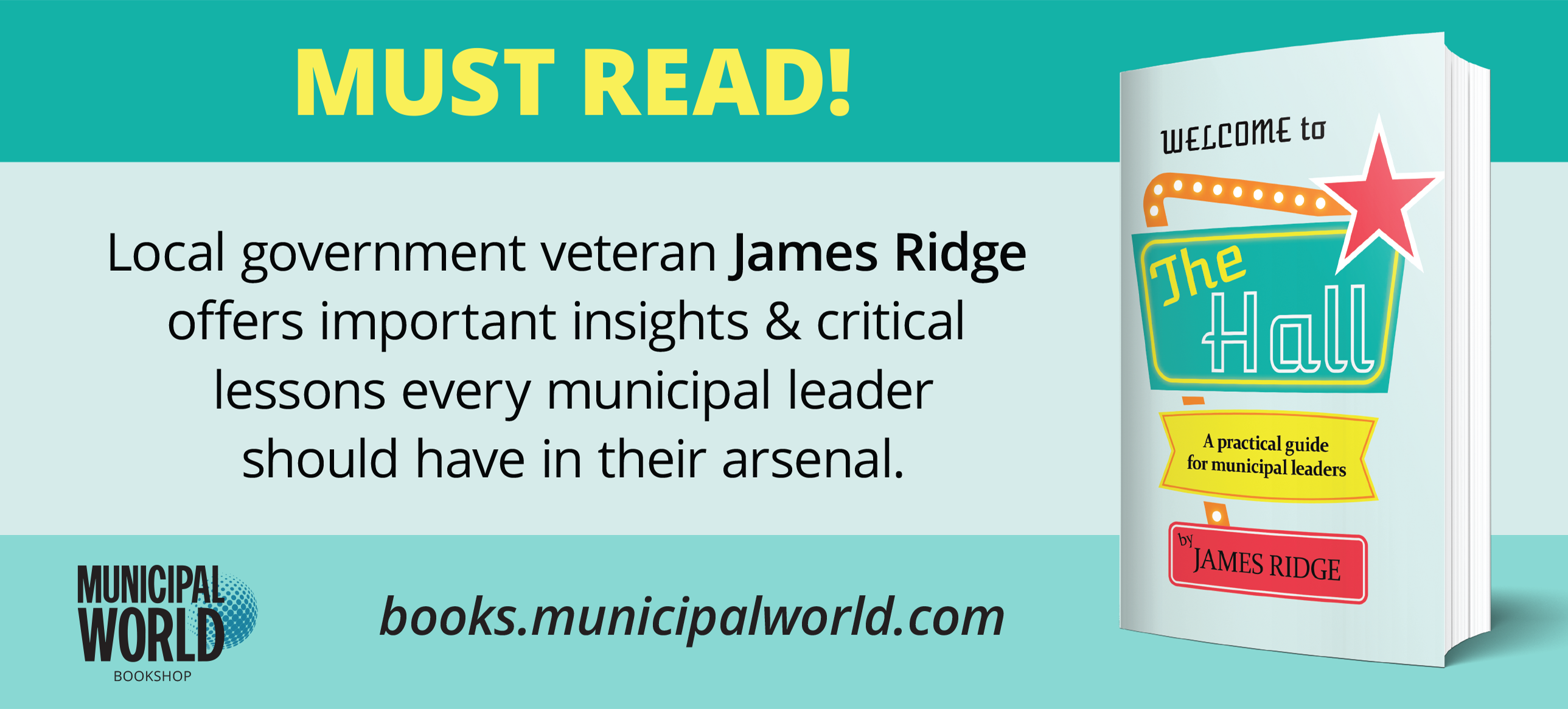Feds promise money to address homelessness, toxic drugs
 The federal government has proposed to allocate new funds to tackle the growing challenges of homelessness and drug overdose through the 2024 budget. Photo: Adobe Stock
The federal government has proposed to allocate new funds to tackle the growing challenges of homelessness and drug overdose through the 2024 budget. Photo: Adobe Stock
The federal government has proposed to allocate new funds to tackle the growing challenges of homelessness and drug overdose through the 2024 budget.
Deputy Prime Minister and Finance Minister Chrystia Freeland tabled the budget in the House of Commons on April 16. The budget was largely focused on the housing and affordability crisis and was geared toward addressing the concerns of younger Canadians worried about the cost of living.
In her speech unveiling the budget, Freeland said it was about ensuring “fairness for every generation.” Freeland added that the government was investing to “kickstart the construction” of more rental apartments and affordable housing.
Homelessness Funding
Budget 2024 proposes to provide $1 billion over the next four years for Reaching Home, the federal government’s homelessness strategy. That money is meant to “stabilize funding under the program” and “support organizations that do vitally important work across the country to prevent and reduce homelessness.”
In a statement reacting to the budget, the Canadian Alliance to End Homelessness (CAEH) stated, “We are particularly worried about the wave of new homelessness growing across the country, and the lack of supports in place to help people experiencing and at-risk of homelessness today.”
Homelessness in Canada has been on the rise in recent years. In 2023, almost 5,000 people were homeless in Metro Vancouver, according to the Homelessness Services Association of BC.
However, advocates warn that precise numbers are hard to determine, and the true number of people facing homelessness is likely higher. In Quebec, a survey from the Ministry of Health and Social Services found there were around 10,000 people homeless provincewide in 2022 – nearly double the number found in 2018. The survey also found that almost half of people experiencing homelessness were in Montreal.
Many of those facing homelessness are people stuck on social housing waitlists. Around $50 million will be used to support communities across Canada to reduce the time it takes to move individuals and families into more stable housing.
In addition, $250 million over the coming two years is earmarked to address encampments and unsheltered homelessness. The budget states that this funding will require provinces and territories to cost-match federal investments, creating a total of $500 million.
“This will help communities scale-up their efforts to train homelessness support workers, respond to the unique experiences of those affected by unsheltered homelessness, including those living in encampments, and renovate and build more shelters and transitional homes for those who need them,” the budget reads.
National Perspective on Housing
The budget’s promises on housing and homelessness received generally positive responses from municipal leaders. In a statement, the Federation of Canadian Municipalities (FCM) said it “welcomes the focus on solving the housing and homelessness crises including through investments in housing enabling infrastructure, offered in Budget 2024.”
FCM President Scott Pearce added that it was a “a promising step forward in tackling the housing and homelessness crises.”
That was a sentiment echoed by CAEH. The alliance noted that Budget 2024 was the “most ambitious housing plan by the federal government in 50 years.” However, they called for more to be done to provide support to people experiencing homelessness or at risk of becoming homeless.
“For those at risk of losing their home, direct supports are the most cost-effective way to keep them in their housing and stop them from becoming homeless,” the CAEH statement read. “A Homelessness Prevention and Housing Benefit would do just that, and is a necessary tool to stop growing homelessness.”
However, some have criticized the budget for failing to provide adequately for the housing needs of Indigenous communities. The budget provides around $9 billion in new funding for Indigenous communities over the next five years, with $918 million earmarked for housing and infrastructure.
Newfoundland and Labrador Regional Chief Brendan Mitchell said the amount of money allocated to Indigenous housing and infrastructure needs is “critically less than the $350 billion required to close the housing and infrastructure gap.
“The absence of long-term, dedicated funding for First Nations and lack of inclusion of First Nations in national initiatives, such as the Canada Housing Infrastructure Fund, is alarming,” he added. “Safe and adequate housing is not just a necessity but a fundamental human right.”
Facing the Opioid Crisis
The budget also promises to provide $150 million to Health Canada over the next three years for an Emergency Treatment Fund. The fund will be open to municipalities and Indigenous communities to help provide rapid responses to emergent, critical needs related to the opioid crisis.
“Increasing drug toxicity and high opioid-related death rates remain urgent public health concerns across the country,” the budget reads. “The overdose crisis and toxic illegal drug supplies take the lives of an average of 22 Canadians per day – many of whom are experiencing homelessness and acute mental health needs.”
In Ontario, seven to 10 people are killed every day by toxic unregulated drugs, according to the Canadian Drug Policy Coalition. A march report from Public Heath Ontario noted that 84 per cent on toxic drug deaths in the province involved opioids.
Toxic Drug Emergency in B.C.
April 14 marked eight years since B.C. declared the overdose crisis a public health emergency. Since then, more than 14,000 people have died in the province, mostly from the opioid fentanyl. And the number of people dying due to overdosing on toxic drugs has been on the rise.
The B.C. Coroners Service says that toxic drugs are now the leading single cause of death for people aged 10-59. Last year, B.C. set a grim record with 2,511 suspected deaths from illicit drugs. That’s the highest annual number ever recorded in the province.
Earlier this month, the six First Nations that make up the Tŝilhqot’in National Government (TNG) declared a state of local emergency due to deaths from opioid use.
“Drugs are a major problem in our communities,” said Nits’ilʔin (Chief) Joe Alphonse, TNG Tribal Chair. “As leaders we feel that our hands are tied. We need to act to not lose anymore lives.”
The TNG statement said that toxic drug supply combined with the harms of colonialism are contributing to higher numbers of deaths among Indigenous Peoples and called on health authorities to expand facilities and support Indigenous people seeking treatment.
“We also know the effects of anti-Indigenous racism and the intergenerational trauma from colonial practices have led to disproportionate impacts on First Nations, Inuit, and Métis people in B.C.,” said Provincial Health Officer Bonnie Henry. “We will continue to focus on this as a public-health emergency – driven by the increasing toxicity and unpredictability of the unregulated drug supply and are committed to reducing the stigma and shame that keep people isolated and alone.” MW
✯ Municipal World Executive and Essentials Plus Members: You might also be interested in Peter Paine’s article: Financial officer’s guide to financial planning.
Ibrahim Daair is staff writer at Municipal World.
Related resource materials:



